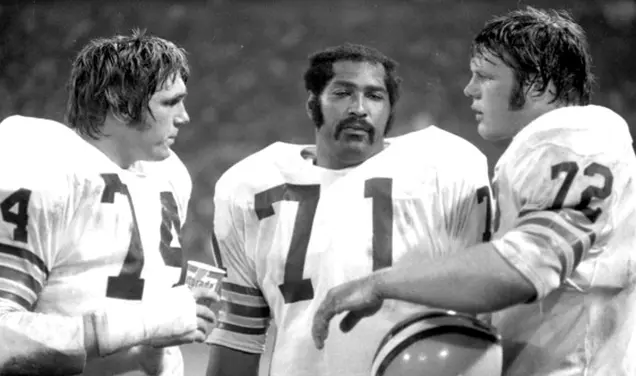Unlikely tennis star Pecotic ’13 leads team to winning season
Matija Pecotic ’13 is the seventh-ranked men’s college tennis player in the country. As of mid-April, he had not lost an Ivy League singles match since his freshman year.
But Pecotic’s success has come as a surprise to both player and coach. The two-time Ivy League Player of the Year was not considered a leading prospect in high school, and his home country of Malta isn’t known as a top source of tennis talent. On arriving at Princeton, Pecotic hoped to one day work his way into the team’s lineup.
Head coach Billy Pate, who is in his first year with the team, said Pecotic did not need much coaching — what he needed was to start thinking of himself as an elite player. The turning point came in a 2012 match when Pecotic, then ranked 67th, defeated USC’s Ray Sarmiento, the No. 9-ranked player in the country.
Pecotic recalled the moment during the match when “suddenly all the other players are watching your court, and they’re talking about you, and then [afterward] they’re shaking your hand.”
After that victory, Pecotic “started to really buy into the belief that he was one of those guys,” Pate said.
Pecotic now leads a team that finished in a tie for second in the league on April 21, having lost only two matches, to league winner Harvard and Columbia. The team may get an at-large bid to the NCAAs, and Pecotic is certain to play in the NCAA individual tournament.
Matt Spindler ’13 and Matt Siow ’13 have been instrumental in Princeton’s success in doubles this season, when the Tigers have won nearly 75 percent of their matches.
Many close matches have come down to one player: Jonathan Carcione ’16. Typically playing in the sixth singles spot, Carcione has provided the clinching win in matches against Cal Poly, Ivy rival Penn, and others. Carcione “seems to be calmest when it’s the tightest,” Pecotic said.
As they head to the court, Pate urges his team to keep their eyes on the ball, not the rankings.
“I always tell the guys, ‘Rankings are what people think of you. Results are what you think of yourself.’”












No responses yet